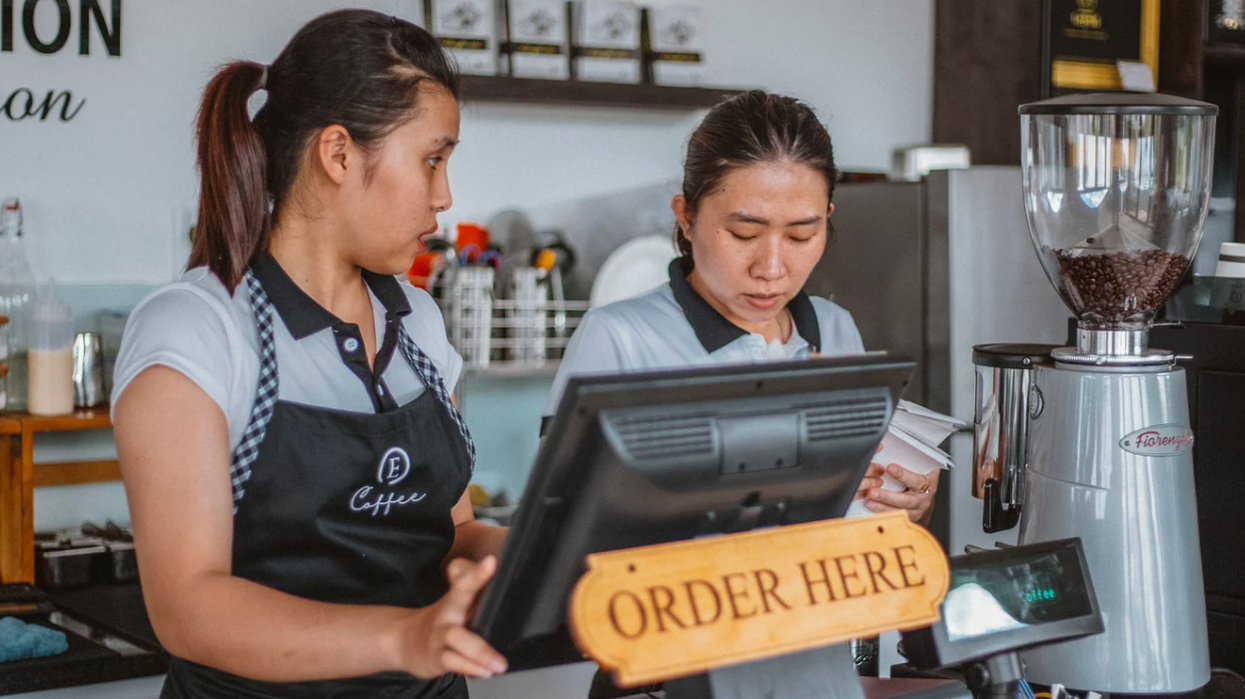In the middle of the Mojave Desert, past a barbed-wire fence, two stories underground, and through a 3,000-pound blast door, lies a bomb shelter. Built in 1965 and originally intended to shield America’s telecommunication infrastructure against nuclear war, the bunker can withstand withering blasts, sweltering fires, and even chemical attacks. Yet unlike most strongholds of the era, this shelter is not a cramped and austere concrete canister. A mix of bunk beds and gyms and living rooms, all warm and inviting, the place looks more like a cruise ship than an apocalyptic hedge.
That’s because unlike many 1960s fallout structures, this bunker was refurbished in 2010 by Terra Vivos, a controversial firm promoting the idea that, if the end comes, we shouldn’t wind up living in drab isolation, but in luxury among community—and we should be able to do so affordably.
If you’re not a survivalist, Terra Vivos’ mission probably doesn’t mean much to you. But for those who want to plan and prepare for the worst, be it nuclear war or rapture-related manticore assaults, any company that allows one to purchase a sense of security without shelling out millions, resigning one’s self to stark, solitudinous paranoia, or attaining some high-level political office is revolutionary. It’s a popularization of the usually niche, grim world of disaster readiness for those who want to prepare, but don’t want to devote their lives to the prepper subculture.
This stands in stark contrast to, say, the Cold War, when most pre-fabricated and well-equipped bunkers were government-controlled structures reserved for the ruling elite. Private bunkers existed (and still exist) too, but they’ve never been cheap. A spot in a modern, luxury ready-made shelter community (of which there are surprisingly many) usually costs a steep $2 to $3 million.
Building one’s own bunker is the cheapest option by far. If you’re handy enough to build one entirely from scratch, you can do it for as little as the cost of a down payment on a Terra Vivos property. Those who need some pre-fabricated elements might shell out about $60,000 to put together a safe place to ride out the end times. Either way, you’ll basically end up with a giant metal tube buried in your back yard. It’ll have ample amenities, but you may not be able to operate them unless you’ve boned up on your survivalism for years. And those who build their own shelter, safe as they may be from nuclear fallout, will likely dwell in utter isolation as the burned-out post-human hellscape rages around them.
Over the past few years, Terra Vivos has been changing up that equation, snapping up a little under two dozen old bunkers and decking them out with lounges and libraries. Their units sell for between $10,000 and $50,000 a pop, requiring only a 10 percent down payment up front. The rest can be paid on Judgment Day, when Skynet becomes self aware, or what have you. And the site managers are trying to make sure that, from the thousands of applicants for spots in their underground neighborhoods, they balance personalities and professions to create sustainable communities as well as providing for essential provisions and protections.
Terra Vivos and its ilk are not perfect companies, and their intentions do not necessarily derive from a sense of overall goodwill. Unsurprisingly for a company built around predicting the end, Terra Vivios formed out of a great sense of paranoia when its founder, Robert Vicino, first saw a copy of the Mayan calendar and its 2012 apocalypse myth in 1980. Accordingly, they advertise their shelters with heavy-handed fear mongering, implicitly cajoling people towards their services rather than merely providing them to ordinary people who just might not have a disaster plan.
This promotional tactic may stem from the fact that while bunker sales were at an all-time high when Terra Vivos began the project (in the lead-up to 2012), profits and interest have fallen off after the world did not end as the Mayans supposedly predicted. In 2014, Terra Vivos had to scuttle a plan for a two million square-foot RV and camper luxury bunker community for 5,000 individuals, being designed underneath Kansas. The company claimed the project fell through due to structural concerns, but regional authorities suggest that a waning willingness to shell out cash on shelters in the post-2012 world thinned out the community’s potential buyers.
Yet Terra Vivos retains enough interest to keep its main bunkers intact and well provisioned. Fancy enough to be palatable to a general audience, dreadful enough to make people think twice, and cheap enough to seem like a modest and reasonable investment, even when folks don’t have a specific doomsday on their minds, the Vivos shelters may appear to be a good deal. “Do you have a fire extinguisher in your house?” Vicino once asked a PopSci reporter, rhetorically explaining his shelters' broad and (to some) commonsense appeal. “Do you think its crazy to have it? Do you feel bad if you don’t get to use it to put out a fire? You just don’t know what’s heading your way.” And if the end does roll around unexpectedly, we might all be glad if some of the few remaining shelters we non-millionaire, non-survivalists can flee to are comfortable, community-oriented, and affordable confabs rather than an underground gated community or concrete death box.
















 Otis knew before they did.
Otis knew before they did.